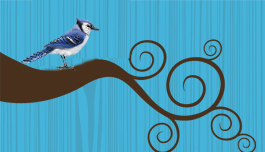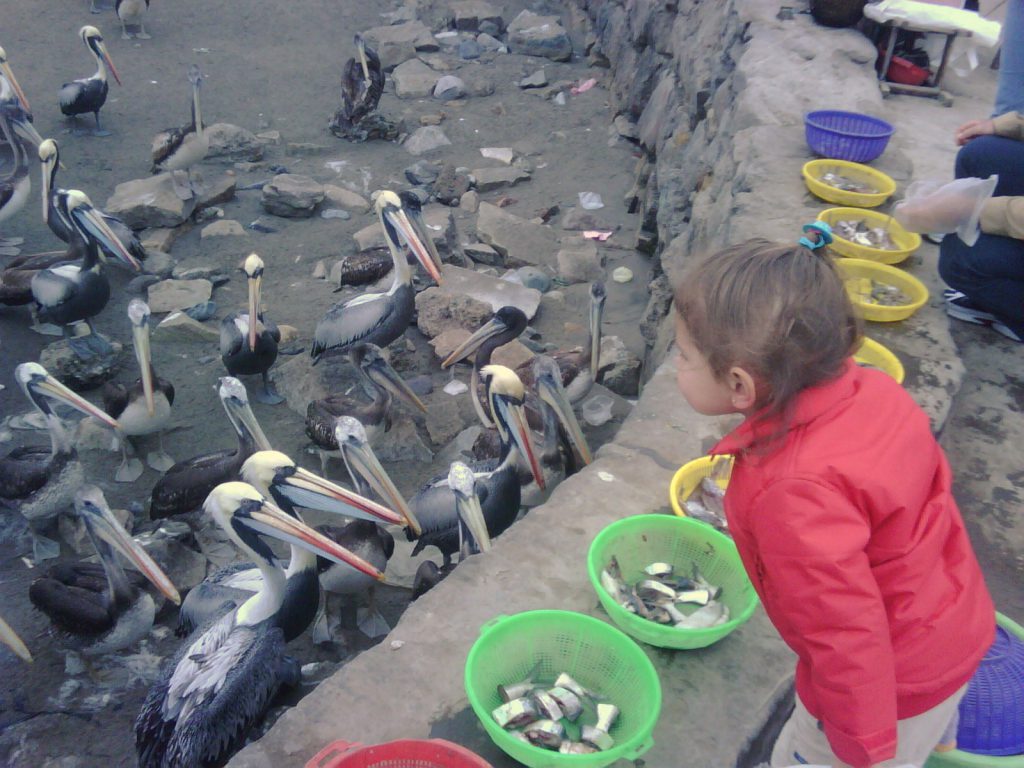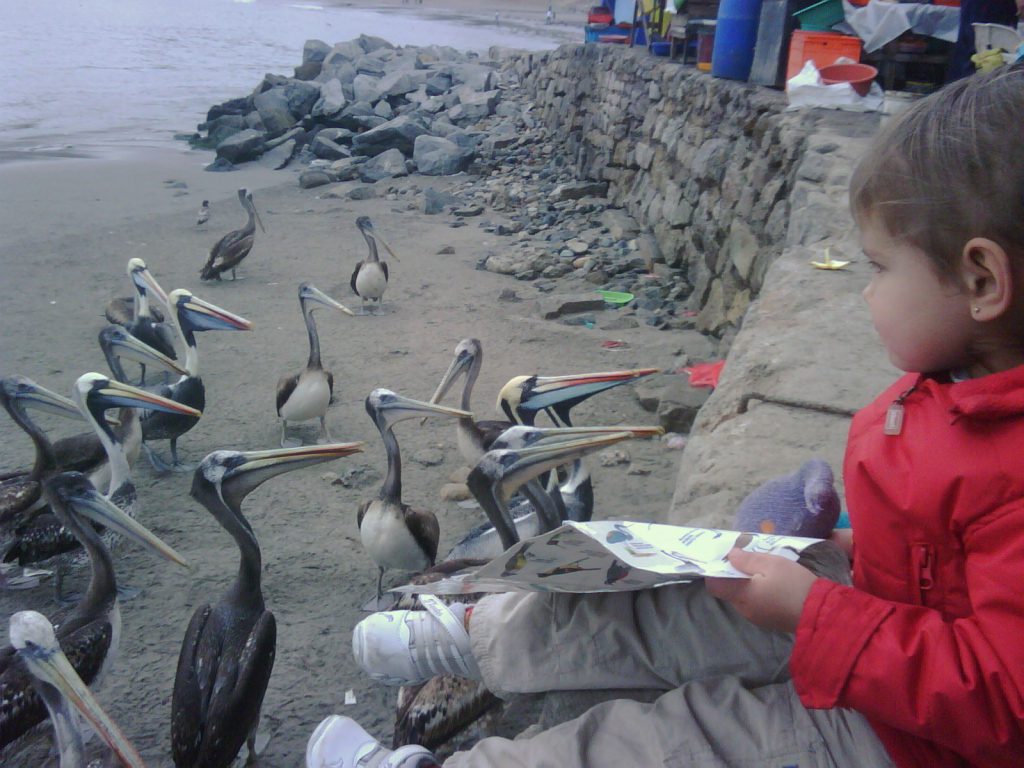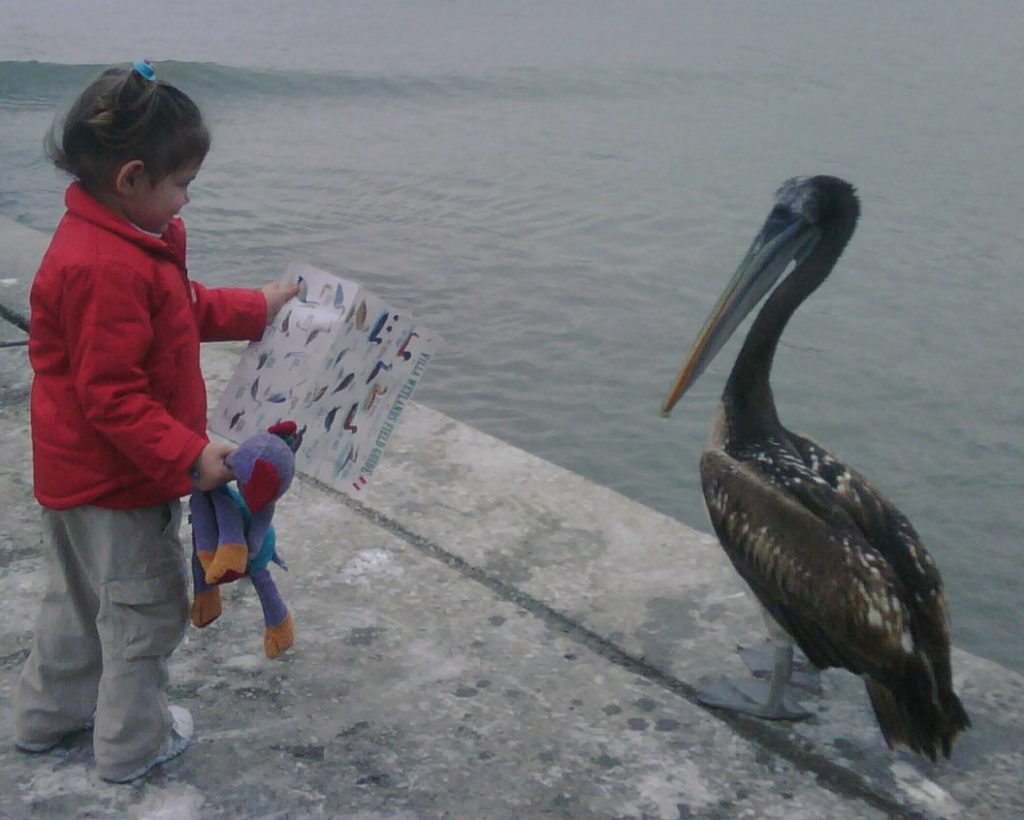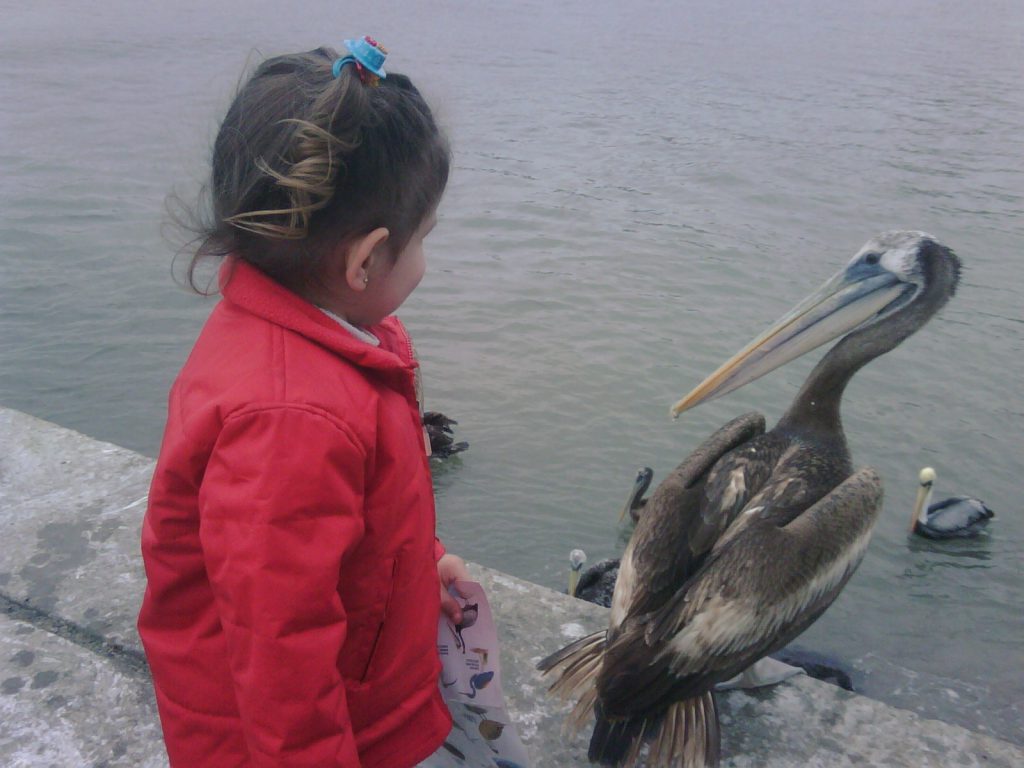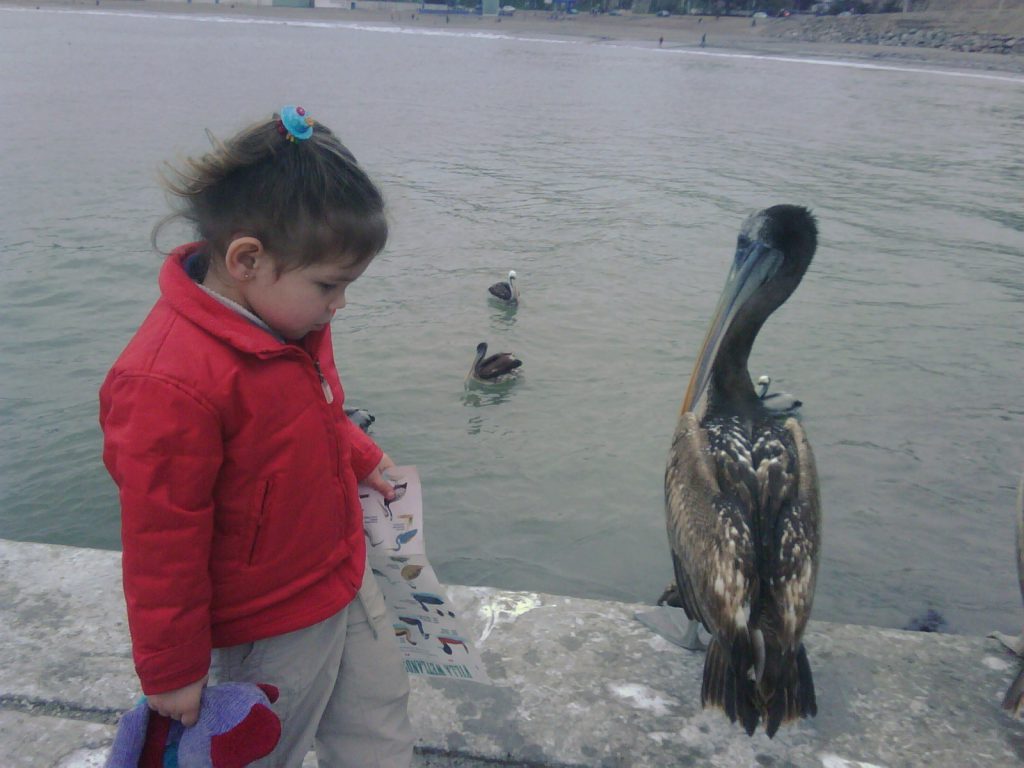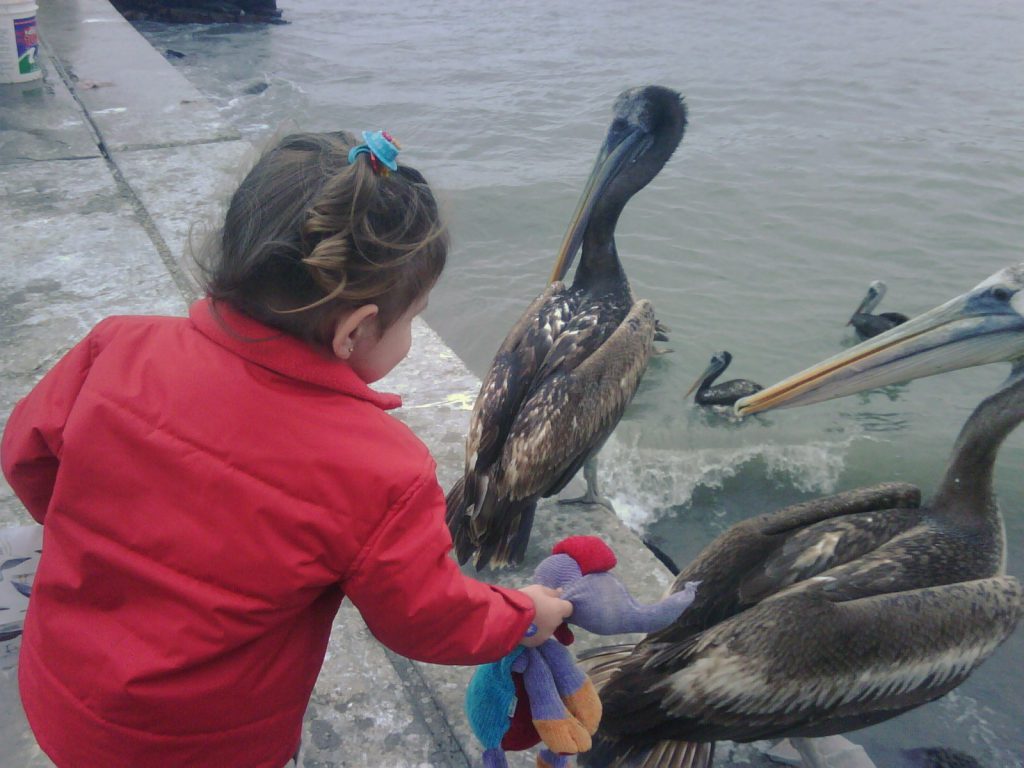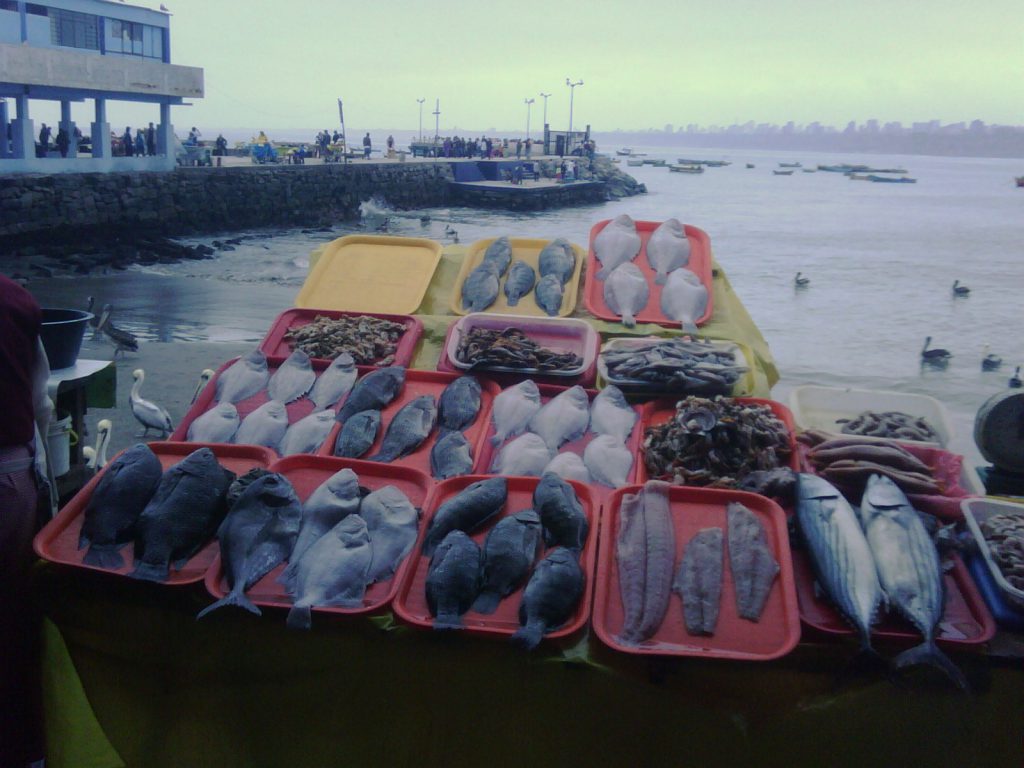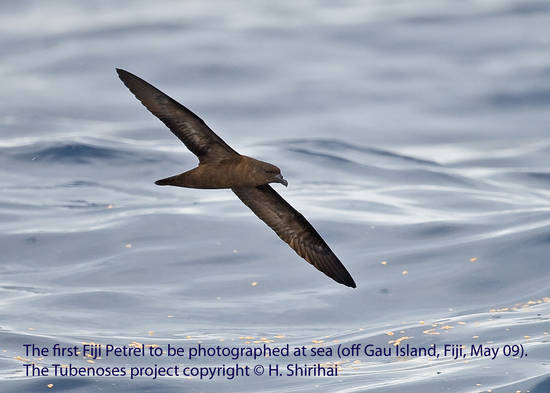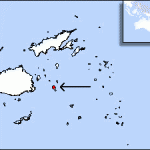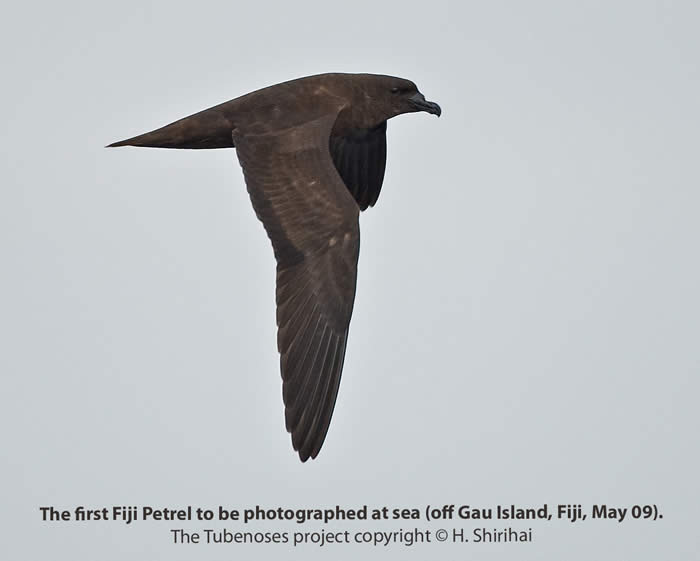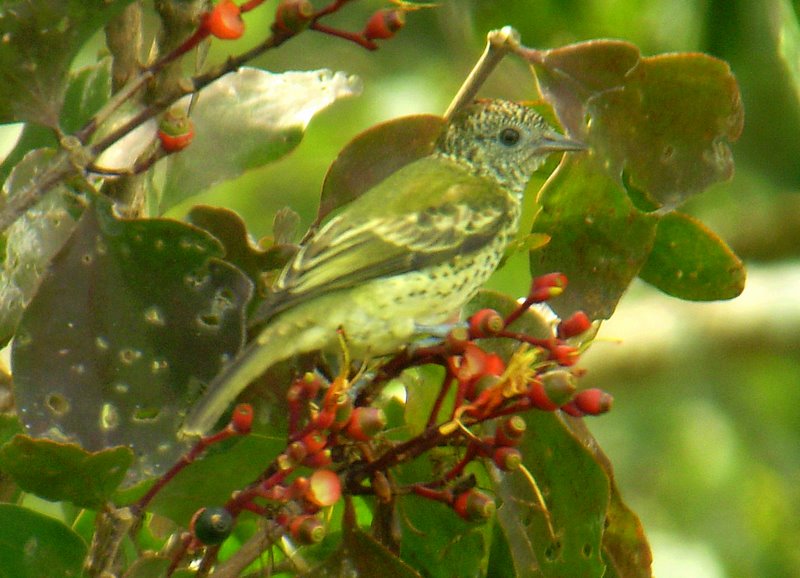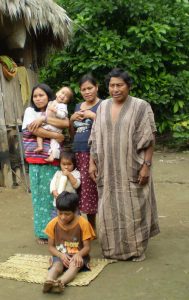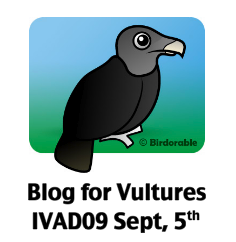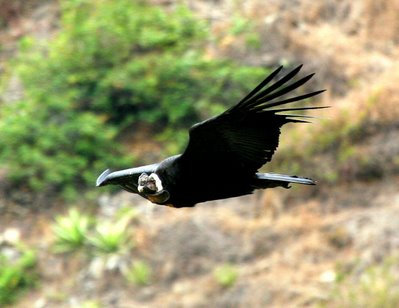Your favorite Tweet Club is back.
Not as long delay this time, but still delayed. I hope to be able to get the tweetclub #006 out by next Thursday Oct 1, so please submit your contributions in the comment section below before Tuesday Sep 29 . See earlier tweet-club postings to understand the rules and how this works.
I am having somewhat difficult time to get enough participants in the tweet-club in spite of the overwhelming results. Some of you may think it comes off as a bit spammy, but in reality for those of us on Twitter who follow more than 100 people have a hard time to actually see all things that are relevant. Therefore, highlighting blogposts about birds that have been selected by the individual birdblogger and additionally have past my “filter” (strictly commercial posts or non-bird related posts will not pass) guarantees excellent reading and posts you don’t want to miss. You also have a chance to spread your blog to people who don’t regularly would read your blog. I have around 4600 followers on Twitter. Quite obviously not all are birders, but if we could provide interesting blogposts about birds that have lots of wow-factor in them (I repeat great photos, something very funny, a great story, something useful, a top 1o list, a tutorial etc have the chance to reach far more people that you usually reach) then we can also engage more people to maybe become birders and ultimately active guardians of nature.
Facebook-club for Bird Bloggers.
I have talked about this idea in previous posts. Now it is time to introduce it here as a fixed strategy. Some explaining: From the past tweet-club results I have picked those that got over 100 clicks and presented these on my Facebook (some 1800 Facebook Friends – mostly birders). Unfortunately, it I can’t measure my out-going links from Facebook (if it is possible – let me know!), but it ought to be significant. If you have a great story or photo it may even be re-Facebooked by some of friends. For a specialized hobby like ours and with the relatively few birders on Twitter, Facebook reaches more birders. Twitter can reach more people and especially people that may have a beginning interest in nature watching. Facebook reaches the already converted souls and the friends of friends. The two compliment each other. It is therefore logical to take the Tweet-club also to Facebook.
A few things to think about.
1. By publishing links to other bloggers, you will appear less navel-gazing and self promoting. Sure, Facebook in itself is a self-promoting media, but your Facebook friends will love you even more if you not only promote yourself.
2. But, don’t overdo it. Only share things you truly like.
3. Share the link only once or at the most twice if you posted at an odd hour and get very few responses. Since Facebook is an mutual opt-in social media system it means that most those who are following you as Facebook Friends are truly interested in you and contrary to Twitter will read almost every update.
Newbies on the Tweetclub
We have some new participants for this weeks tweet-club. I have chosen posts from their blogs since they either did not supply a specific blogpost, it was not about birds or it contained a stream that can’t be seen in some countries. Sorry to these bloggers for that inconvenience.
Here are the tweets you should retweet (and of course read and comment).
- RT @Journowl The cheaper sex ……for Imperial Eagle https://bit.ly/62uWo
- RT @JKissnHug Very confident Sandhill Cranes were raising young in popular Michigan park https://bit.ly/Zzceg
- RT @SoaringFalcon1 The burrowing owl is threatened in California. Larry Jordan gives all the background. https://bit.ly/4zbY24 (had 104 hits prior to tweetclub launch)
- RT @irenapuella Great shots of Asian Owls https://bit.ly/3sJcbt (had 16 tweets for this link before launch.
- RT @ falconmountain Pallid Harrier in Finland. Good flight photos. https://bit.ly/3AP6Fk
- RT @NC_N8 Everyone has heard about the Christmas Bird Count! What a bout the Fall Bird Count? https://bit.ly/27oxtv
- RT @2birderstogo Nothing like a jay to lift your spirits and cure your ills. https://bit.ly/fpqjj
- RT @kolibrix Do you want to birdwatch in Manu, Peru and support the indigenous communities get into eco-tourism? https://bit.ly/OdIiZ
- RT @LadyWoodpecker Last day of summer. What to do? Go birding on the shore of course https://bit.ly/myPv1
I also had contributions from BirdExplorers and Dani in Catalunya, but since I got no twitter account from neither, I can not include them. Please submit again next week.
Last tweet club results.
The results from tweet club 4 were a bit more modest than usual, but both long delivery time of the blogpost as well as rather few participants gave lower numbers.
@SoaringFalcon1 https://bit.ly/2Dr2W 36 clicks
@kolibrix https://bit.ly/25Qeo 59 clicks
@DawnFine https://bit.ly/M4C0K 64 clicks
@birdfreak https://bit.ly/FGKrE 66 clicks
@journowl htp://bit.ly/9ryLS 73 clicks
@gwendolen https://bit.ly/34XjO 85 clicks
Gwendolen’s Vulture call got most clicks.
Leave contributions for next weeks tweet-club. Contributions by Tuesday, por favor.

